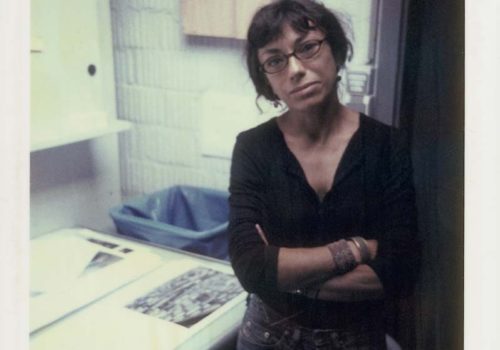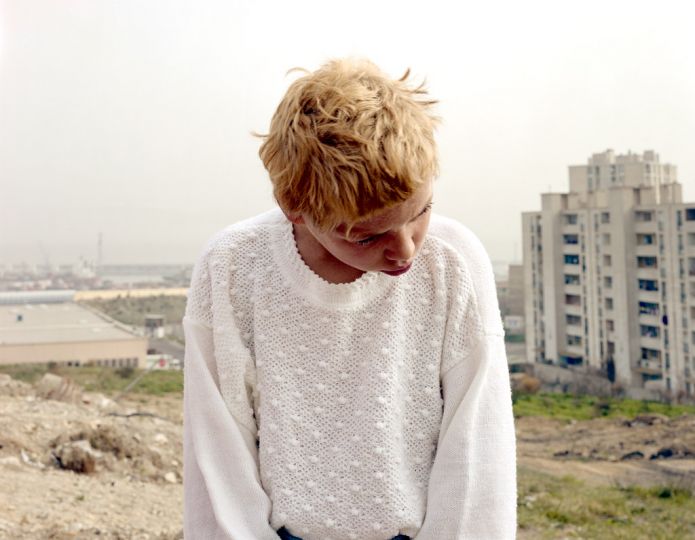Valérie Jouve – ENSP 1990
An exhibition between Marseilles and Jericho, not as a point of comparison but as a conversation between the images of one and those of the other cities to tackle the more abstract issues of rhythm, light and, most particularly, time. To allow the image to escape from single recognition to immerse ourselves in a space to be experienced. Always this desire to construct an exhibition like an ideal embodiment, the montage of images allows me to establish a more physical relationship with the spectator, going beyond simple reading. To enter a space without any need of recognition or legibility, and to let oneself be carried along by the experience of this place inhabited by images, without knowing the exact location of this or that image . I lived for ten years in Marseilles. Now I live part of the time in Jericho. These two cities are both out of sync with their respective territories: the French find people from Marseilles lazy, Palestinians find people in Jericho too slow and phlegmatic… These two cities represent bubbles. Marseilles and Jericho are special. Knowing why is none of my business in this exhibition. Here, I am not interested in demonstrating, showing or analysing. What I do want to share is the sensation of stretched time, these particular spaces that often conjure up an elsewhere (the sea for Marseilles, the desert for Jericho), an opening to imaginative worlds. These two cities allow me to visually manufacture possible utopias. And the aim of this exhibition will be to construct this spatiotemporal utopia. The possibility of another space, the combination of two cities, like the proposition of a new common space. This exhibition is also the opportunity to show to Arles, where I lived during my studies at the ENSP, my very first work, done in Marseilles, as well as my very latest work made in Palestine.
Valérie Jouve
Born in 1964 in Saint-Étienne. Lives and works in Paris and Jericho. French photographer and filmmaker Valérie Jouve, a graduate of the ENSP, first studied sociology before devoting herself to photography. The urban world is one of the central themes of her work. She captures her characters, their behaviour, and grabs hold of the daily representation imposed on us by the city, immobilising everything that makes up its identity. The question of space and how we deal with it is central to the subject: what presence does the figure imbue to the place which surrounds it? Architecture intervenes as a symbolic form of the space that individuals give themselves to exist. The divergence between collective and individual consciousness is hence posed in aesthetic terms. Her exhibitions are often conceived as visual compositions of images that are each taken independently, at different times and periods. Since her first exhibition in 1995 at the Musée d’Art Contemporain in Marseilles, she has participated in many exhibitions in Europe and the United States. In 2010, the Centre Pompidou presented a personal exhibition of her work focused on the Palestinian territories. Grand Littoral (2003), her first film, was presented in numerous festivals and received the Georges de Beauregard Prize at FIDMarseille in 2003. She is represented by the Xippas gallery.

















